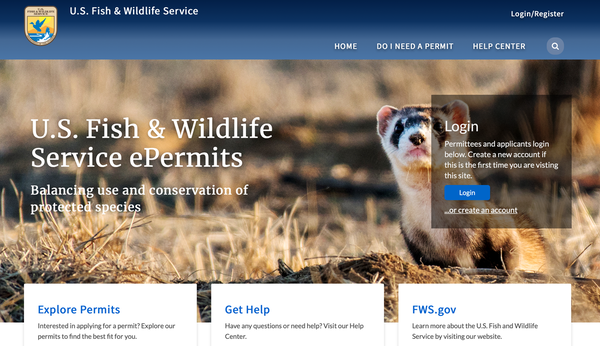 Over the last two years with Covid 19 pandemic changing the way people conduct business by streamlining workflows, virtual meetings, at home offices, reduced travel, etc. the Wildlife Management industry is no different. Conferences where Airport Wildlife Biologist meet and share information as well as vendors demonstrate new products and techniques have been either cancelled or held on Zoom. The FAA even granted us special privileges to conduct their required 8-hour Wildlife Hazard Management and Wildlife Identification training course online to help keep Airport Wildlife personnel in compliance and up to speed. But one of the biggest changes in the Wildlife Management world is the new E-Permit site launched by the USFWS (Unites States Fish and Wildlife Service) designed to be more efficient and simplify anyone applying for a permit to help balance any species or plants that might be getting out of hand or in the wrong place of residency. I mean it all sounds good, especially in todays tech world where everything can be bought or applied for online, but how is their process? We at Loomacres Wildlife Management did a little experiment with one of our employees to see how easy and efficient it is to apply for a simple depredation permit. What we found was creating an account was time consuming and over complicated, navigating the site however was easy because its super basic, but the most glaring issue was the lack of information on what permits you need to solve your problem. Applying for a permit through the USFWS site you better know your stuff before hand because there is not a lot or any guidance. Oh, and if you have a question, yes you are contacting the Federal Government. For someone new or not used to applying for a permit, good luck! You are better off reaching out to a professional and letting them handle everything for you so you stay in compliance with federal and state laws and obtain the correct permit. For more information or for assistance in applying for your wildlife permits please CLICK HERE and fill out the contact form and one of Wildlife Biologists will be in touch shortly.
0 Comments
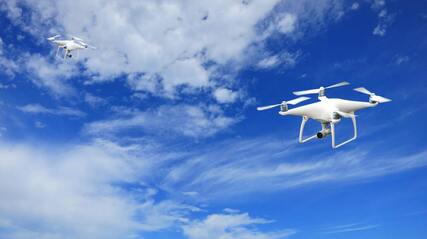 Seems like every week something new is being released to the public replacing the way we used to do things. In this ever so demanding world for new technology nearly every industry or profession has gone through an upgrade in recent years. Airport wildlife control is no different. Lately we have been utilizing new methods and new equipment to not only better serve our clients but also become more efficient in the field. Let us look at a few tools we have implemented that have really improved our ability to manage wildlife on airports. Infrared Cameras and Scopes – A lot of wildlife activity occurs during the night. The use of infrared equipment allows our Airport Wildlife Biologists as well as tower personnel to scan the airfield before the arrival or departure of planes. This also is a huge aid when doing surveys required for Wildlife Hazard Assessments. The ability to see the animal’s activity on or near the airfield at night is a game changer. Cellular Game Cameras – Game cameras or trail cameras have been around for years! They keep evolving and now most cameras can send pictures directly to your phone in real time. Knowing when and what species of wildlife is entering the airfield and tracking their activity in real time allows our staff to react and execute mitigation strategies more thoroughly. Drones – Using drones in the field is both fun and efficient. Drones used to be a complete headache and nuisance to some airports but now they serve a purpose in wildlife control. We use drones to harass wildlife like deer, coyotes, geese, and foxes. Being able to chase after them with a drone from anywhere on the airfield makes it faster and more efficient. Its also great for hazing raptors and other birds that pose as a hazard. Drones also are a huge advantage for arial surveys of potential habitat attractants outside of the airfield which allows our staff to make real time changes to potential hazards. Avian Radar Systems – This technology that is used by the USAF, NASA and airports worldwide to detect and monitor hazardous bird activity on and around airfields for bird-aircraft strike hazard management. This is extremely useful during waterfowl migration season especially at night or at dawn and dusk when visibility is low. By seeing flocks of birds on the radar system before they fly over or near the airfield this reduces the risk of a bird strike immensely. Its crazy to compare technology from ten to twenty years ago and the use of it in our daily tasks. For more information or if you have an interesting technique for managing wildlife, please CLICK HERE and contact us and we would be glad to share notes. 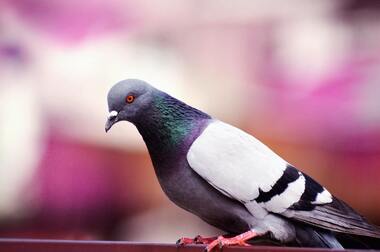 For the fifth year in a row Phoenix Arizona is the fastest growing city in The United States. A huge boom in the local economy, great housing opportunities and of course the weather makes this a destination for many. But as houses keep being built and the city limits expanding so is a growing problem that everyone is complaining about. Nuisance Pigeons in Phoenix. They are literally everywhere and causing lots of headaches for residents, business owners, etc. The pigeons are so bad that the City of Phoenix implemented a no feeding ban in July of 2019 to try and slow down the problem. (Full Story Click Here) Pigeon’s feces have a high rate of acidity which causes a 50% increase rate of roof decay and vehicle paint removal. If they decide to nest in your attic their nests and feces can cause structural damage and even be considered a fire hazard. It is hard to believe these peaceful and docile birds can be such a nuisance, but they truly can make for an expensive mess if not taken care of properly. Here are 4 tips that we at Loomacres Wildlife Management have used to prevent pigeons and other birds from hanging around your property. 1) Bird Spikes – Installing bird spikes on your roof or fence is a decent way to prevent pigeons and other unwanted birds from perching or hanging around your property. 2) Owl Decoy – By hanging an owl decoy on your fence line or on your roof, you are creating a predator presence that will detour pigeons from hanging around. We recommend relocating it to avoid birds from catching on. 3) Seal Your Home- Make sure all access points like vents, chimneys, air ducts are sealed and well maintained. This will prevent birds from having the ability to nest inside your home. 4) Noise Makers – The use of predator sounds through a speaker, the occasional firework or pyrotechnic, even a cap gun might scare off unwanted pigeons from your yard or roof. Sometimes an expert need to be involved or sometimes the problem is too big to handle yourself. If none of this works and you are still having a problem with nuisance birds, Click Here and fill out a contact form and one of our nuisance wildlife staff members will contact you shortly. 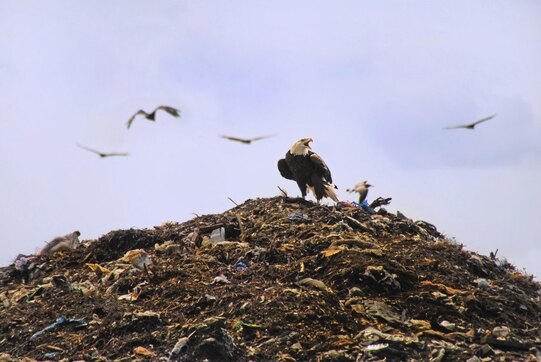 Despite Eagles being majestic and the patriotic symbol of America, they have a very dirty habit that is causing many to be concerned with the huge rebound in population. Eagles in many populated Northwest states like Oregon, Washington and Alaska have been witnessing their resident eagles picking through their trash and hanging around landfills and garbage dump sites. Usually we associate crows, ravens, and gulls as the garbage experts but seems Bald Eagles are not above a little dumpster diving for a quick meal. So, what is the problem with these “Trash Dragons” picking through leftovers? One alarming concern is the increasing taste for easy food is causing many Bald Eagles to die or become harmed through the ingestion of plastics and other hazardous material. Clearly the Bald Eagles digestive system is used to breaking down fish and wild animals it preys upon. It is not built to breakdown plastics or other hazardous material which causes the bird of prey to become disoriented, diseased, and even death. Eagles are typically highly skilled and proficient hunters, however the attraction to easy food is too much for them to pass up which over time could cause juvenile eagles to never develop hunting skills to survive. Another concern is the use of garbage for nest building. Many residents in Seattle Washington have filed numerous complaints with local authority due to Eagles dropping trash all over their property and even within city limits. (Click Here Full Story) What happens is the Eagles are digging through landfills or residential garbage cans and finding material to make their nests. The material they drop on the way finds itself all over yards and housing communities. Also nesting eagles using garbage creates an eyesore that some are taking measures to harass the nesting birds before they take up residency. Lastly the number of human interactions and attacks from Bald Eagles has risen in the last few years. As they continue to adapt and live in heavily populated areas the threat of humans is not fazing these dangerous birds of prey. In Washington state for example there has been several documented cases where Eagles have attacked humans or become territorial over garbage cans left on the curb or garbage being left in parks or parking lots. Although bald eagles are no longer listed as endangered, having been removed from the federal list of threatened or endangered animals in 2007, the species is still federally protected. Congress in 1940 passed the Bald and Golden Eagle Protection Act, which made it illegal to “pursue, shoot, shoot at, poison, wound, kill, capture, trap, collect, molest or disturb” the animals. This however is a grey area lately in the world of Wildlife Management. There are certain cases and circumstances where you are allowed to harass eagles that are becoming a nuisance and Loomacres Wildlife Management has plenty of experience hazing eagles legally! If you are having issues with Bald Eagles becoming a nuisance and need help with a non-lethal solution, please Click Here and fill out the fields for one of our Wildlife Biologists to contact you shortly. 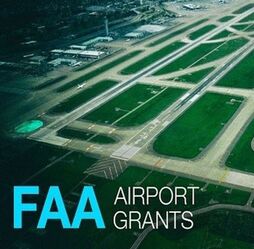 In 2020 the Federal Aviation Administration (FAA) awarded $840 million in Airport Improvement Program (AIP) grants, and former President Donald Trump's proposed $17.1 billion fiscal 2020 budget for the FAA which made it through the House Appropriations Committee with $614 million more than requested, putting the new total for the FAA at $17.7 billion. Yep, that is a lot of grant money available to airports who apply for them. What projects do the FAA AIP Grants cover? Eligible projects include those improvements related to enhancing airport safety, capacity, security, and environmental concerns. In general, sponsors can get AIP funds for most airfield capital improvements or rehabilitation projects and in some specific situations, for terminals, hangars, and nonaviation development. Projects related to revenue producing facilities may be eligible at non-primary airports if the airport has already satisfactorily addressed all airside needs and the improvement will increase revenue for the airport. Examples of Eligible Projects:
Need Help Applying for an AIP Grant? Many airports outsource this process which is a great idea. Like most government grant programs there are many steps, rules, and procedures to follow. Let the professionals handle it like us Loomacres Wildlife Management. We staff several Airport Certified Wildlife Biologists and work with several Aviation Engineers that specialize in applying for available grants. If you are wanting more information or need help applying for an AIP Grant, please fill out the fields below and someone will reach out to you and get the process started.  One of the biggest pet peeves we see in our industry is the constant flow of money going from airports to the USDA which is a Federal Agency. Everyone loathes paying taxes, government regulations, and well just about anything to do with election years but why are airports so insistent on outsourcing their Wildlife Hazard Training, Wildlife Hazard Assessments, Wildlife Hazard Management Plans, and their Airport Wildlife Control to the USDA? Granted they have been around forever, and they have 29 different agencies that employ almost 100,000 employees who serve at over 4,500 locations. But they are the government, and they are extremely slow, outdated, and expensive! Hell, their customer service line is even a 1-800 number that directs you to a call center that directs you to another call center and switchboard. Their training classes resembles a 1980’s health class projection movie on sex ed. Boring! The most common answer we hear when asking someone why they keep renewing their contract with the USDA is “we’ve always used them and have never looked at anyone else”. Well, here is your different option smacking you in the face, so stop paying the Government for Airport Wildlife Control! Loomacres Wildlife Management was created in 2008 by created by Airport Wildlife Biologists to better serve an industry that was outdated and lacking vision with a focus on Airport Wildlife Hazard Management. Loomacres was the first private sector company appointed by the FAA to service WHA, and WHMP’s! In striving to resolve the bird strike and wildlife-strike problem, the aviation industry must continue to rely on the system safety approach to reduce exposure to, and probability and severity of, wildlife strikes. With an emphasis on using new technology like infrared monitoring, drones, and avian radar systems Loomacres has surpassed the USDA in efficiency and techniques. Five Reasons to compare Loomacres to The USDA.
With a huge influx in FAA AIP Grants the last two years and a growing need for Airport Wildlife Hazard Management due to a ton of factors we at Loomacres believe its time you take your Wildlife Management to a Higher Level! Give us a call or fill out the fields below and let’s start the conversation on what we can do for you and let us earn your business! 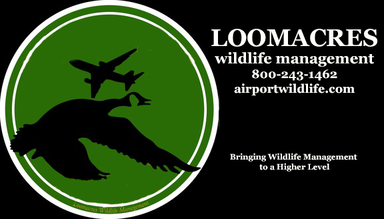 There are lots of factors that go into interviewing a vendor, vetting a vendor, and then ultimately choosing a vendor. But how many of you have a stack of important questions on flashcards or a check list that you use when comparing competing services? Didn’t think so. Well, we asked 31 business owners and Business Decision Makers to rank their key factors they look for the most when comparing vendors. Here is 4 key factors and the comparison between Loomacres Wildlife Management and the USDA. Better yet Big Business vs Small Business, Private Sector vs Federal Agency, David vs. Goliath. Quality: When choosing a new vendor, you want to make sure the quality of the product or service will meet your needs. Ask for referrals and talk to other airport managers that have used either vendor to see if they were satisfied with the quality of work. Let us compare. USDA: There are some extremely talented employees at the USDA and depending on who you ask they can be over the moon satisfied or extremely unhappy. However, when you are as large as the USDA your quality of work is sometimes subpar since they are spread so thin. After some serious internet digging a nameless consulting firm polled USDA clients for customer service and they scored 74% satisfactory rating and the ever so influential Google rating well unfortunately they have zero reviews. One number that stood out which with being a Federal Agency and having a rather low Customer Satisfactory rating they exceed in customer retention with on average 93% of their clients under contract renew their services with the USDA. Loomacres: Big on surveys and feedback and even has it posted on their website. Being a private sector business Loomacres can build relationships and a foundation for ongoing services provided to their clients. Due to their medium size business as well as family owned their clients are given much more attention and customized service. They are coined with having the most on staff Airport Certified Wildlife Biologist which is a wealth of knowledge. Their Google ranking / review is 5 stars, and their Customer Satisfaction Score is 92% and a 95% customer retention rate. Winner on Quality – Loomacres Wildlife Management Price: Ah the elephant in the room. No one wants to admit just how important price is in selecting a vendor but of all people polled put price as either their number 1 or number 2 key factors in the selection process. Taking the lowest bid isn’t the most effective way to choose a vendor. You want to get the maximum value for the price you pay. Other factors to consider are time savings, labor savings, and the peace of mind you gain when working with someone you trust. Be clear about what you need from the vendor and make sure the bid includes every line-item cost. Get more than one bid and ask about additional fees, such as administrative expenses or surcharges. Always read the fine print before you sign a contract. USDA: So, the USDA tends to be the most expensive service in the industry. Because they are a federal agency, they can pretty much do anything they want and charge whatever they want especially if the Airport is the recipient of a FAA AIP Grant. So who cares what it cost when you’re paying a Government ran Agency with Government Grant Money, which is a whole other blog post for another day but God Bless America right? Loomacres: On average Loomacres can save new clients 20-30% on their existing contract especially if they are using the USDA. As a private sector business Loomacres is more efficient in servicing their clients and has invested in the latest techniques for Wildlife Management. Loomacres Airport Certified Wildlife Biologist are continuously training on new age techniques and tactics. More efficient means less hours, means cheaper bottom line. Winner on Price: Loomacres Customer Service: Every vendor is great when their clients are thrilled with the service provided. What makes a vendor stand out is what do they do when things go wrong. USDA: If you are ok with call centers, or robot chat bots on their website then have at it. We made some phone calls to the USDA customer service center and the wait time was 4-5 minutes per call and we were transferred to multiple different offices and multiple different regions of the country. One good thing to say about our experience was the pleasant personality and helpful nature each operator we spoke to displayed. Loomacres: This is where being a smaller family-owned company really is an unfair advantage. Even though they have a 1-800 # listed on their website, the business manger answered on the second ring. The owner of the company Kristin Baciuska was easy to get ahold of and even texted us because she was in a training class and did not want us to think she was ignoring the call. Winner on Customer Service: Loomacres Response Time: When we have a need we wanted now! This is tricky one because its mostly situational and depends on the representative reached. However, no matter if you are company in the private sector or a Federal Agency response time should be important and adequate. USDA: USDA is made up of 29 agencies and offices with nearly 100,000 employees who serve the American people at more than 4,500 locations across the country and abroad. What we found was if you called your Airport Wildlife Biologist their response time was solid. However, if you tried to contact someone through the website or call center hope you packed a lunch and like holding music. Loomacres: You can tell the employees are well trained and extremely knowledgeable and when they did not the answer, they reached out to other Biologist in the company to pass on the correct response. When submitting a request on their website you will have a phone call or email within 10 minutes or less. Winner on Response Time: Loomacres Ok before you start yelling “rigged” or “bias” all phone calls, emails, and questions asked were done by a neutral party and conducted on different departments and different representatives to ensure a strong sample size. What did we learn from this? I think the one thing that stands out is the larger the company the more layers to it and the harder it is to get that caring and customer satisfaction guaranteed treatment. The USDA is big, and clearly, they are doing something right. Loomacres seems to have its ducks in a row and a gauge on pleasing their clients which is allowing them to grow and be competitive to their main competition. 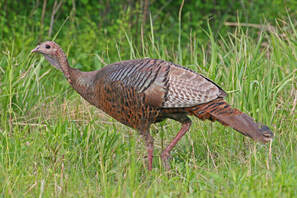 When you think of nuisance wildlife control or rather when you think of nuisance wildlife species, you probably think of racoons, geese, skunks, mice, and squirrels living in your attic. But a growing trend in the never dull world of nuisance wildlife control is the headache wild turkeys have been causing in urban areas. I repeat wild turkeys are becoming more and more of threat to human safety in urban areas than most people are aware of. And no, I am not talking about the classic South Park Episode where the town is overrun by mutant turkeys which results in an all war. However, after watching that episode and comparing it some of the stories, articles, and videos pretty sure I know where Trey Parker came up with that episode idea. Do not believe me well than go to Hutchinson, Kansas and talk to the locals who have a mural painted of these turkeys that have attacked numerous people since 2013 and the town has no idea what to do or how to remove these birds. (Full Story Click Here) Or feel free to visit Cuyahoga Falls, Ohio, a nice little suburb south of Cleveland that has been dealing with a giant boom in turkey population in the last 10 years. (full story click here).
Do not be surprised if you live in an urban area with a turkey issue if Nuisance Wildlife Control Companies like Loomacreas Wildlife Management start implementing tactics and techniques to keep these aggressive birds from harming anyone. If you are looking for strategies or techniques used for Nuisance Turkey Control, please fill out the fields below and one of Biologists will reach out to shortly. 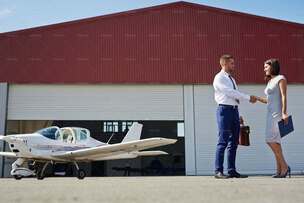 What we find in most of our meetings with airports managers is that they have been using the USDA for several years and they just keep renewing their Wildlife Hazard Management contract without looking at other options. We constantly hear “Well they were in place before I took the position”. Or one of my personal favorites is “well they aren’t great, but they aren’t terrible, so we just renew because its all we’ve ever known”. In the ever so changing world of Airport Wildlife Hazard Management don’t you think it is about time to get a fresh perspective, have a fresh pair of eyes to review your WHMP or train your staff? Many successful business owners and managers have stated you should review every contract with every vendor no matter how big or how small every two to three years due to industry changes and advancements in technology and techniques. You should always interview at least two competing vendors to keep up with your industry changes. We are Loomacres Wildlife Management and we are that company with new technology, new techniques that you should be talking to if your USDA Contract is expiring. What makes us different? Simple we are the first privately owned company appointed by the FAA to service Wildlife Hazard Management Plans and Wildlife Hazard Assessments. Couple that with more qualified FAA Certified Airport Wildlife Biologist on staff than any other firm in the country we have the talent, the experience, and the qualifications to be considered for your next Airport Wildlife Hazard Management solution. We offer new aged and constantly updated training curriculum that taught either in person or virtually by one of our Certified Airport Wildlife Biologist to fulfill your FAA required Wildlife Hazard Management and Wildlife Identification annual education mandate and certifications. What is our Core Values at Loomacres? Ethical: Loomacres takes pride in setting the standard in the Wildlife Management Industry. We are constantly reviewing and updating our practices and procedures to make sure we are holding ourselves to the highest standard in all things Wildlife Management covers. We always deliver a safe, humane, and innovative solution to serve our clients. Professionalism: Our staff has the credential and experience to succeed in setting the standards set forth by the FAA and your Airport. We realize we are a direct reflection of your Airport and your Airport staff, and we never overlook that. Reliable: Conditions in the Wildlife Management Industry are constantly changing. Loomacres prides itself on being able to not only forecast unforeseen situation but react accordingly in a timely manner as well as the ability to adapt and overcome whatever is thrown our way. It is imperative that our company and Certified Airport Wildlife Biologist remain flexible as well as proactive in an unpredictable industry. Still not convinced; well how about this. Since being founded in 2008 by Airport Wildlife Biologist to shake up and better serve an industry outdated with its training, its techniques, and its execution. We have always invested in researching new effective methods, new technology advancements as well as new techniques to help better service our clients. We are never above adapting to new ways of doing things, especially if they work. Working with us you will see that there is not a lot of red tape and “approval” to wait on if something needs to be addressed immediately. Because we are a privately held company our pricing structure is extremely aggressive compared to our competitors. We believe in transparency in our billing and a fair cost of services provided. You will never not know what you are being charged for and there are never any hidden fees. Since we are not a Government Agency, we can be aggressive in everything we do. Loomacres Wildlife Management has always put our clients needs first. We have made it a point no matter how many clients we have you will always be treated with respect and appreciation, and you will always have that small business feel where you are an email, a text or a phone call away from speaking with the owner of our company. Ask yourself when using the USDA when was the last time you spoke with POTUS to voice your concerns or just to chat about things? Yea, never. So, What is the Next Step? Let us chat either in person for a site visit or virtually! Simply fill out the form below or reach out directly and one of our company leaders and we will contact you immediately. We look forward to letting you get to know us. P: 518.441.8576 E: info@loomacres.com 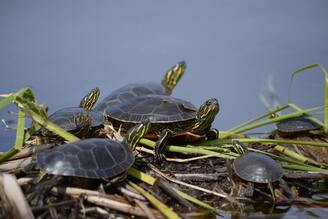 Every year more and more turtles are being killed by vehicles than any predator or any other factor in nature. As our human thumb print and land development keeps expanding so does the roaming areas of turtles and other species. Now some turtles like a snapping turtle are easy to spot but the smaller species not so much and if you are driving your vehicle at a fast rate sometimes you just cannot get out of the way fast enough. However, some of us have witnessed motorist swerving just to hit these almost defenseless creatures who are just looking for a place to nest and hatch their young. Some motorists have the best of intentions when stopping to help a turtle cross the road but have no idea how to properly help a turtle get out of harms way. Hopefully, this article will give you a clear understand so that you can help save a turtle the next time you see one struggling or if you want to call and talk to an expert Loomacres Wildlife Management has several wildlife biologist on staff that can help you or walk you through it. WHY DID THE TURTLE CROSS THE ROAD? During the late spring months and early summer months, female turtles are not acting like chickens just to get to the other side of the road, they have somewhere to be. Many female turtles will cross a road or highway bearing eggs looking for a place to nest. Semi aquatic turtles can be looking for wetland habitat depending on the season. Hatchlings (baby turtles) in roadways are typically looking ponds and streams to make as their permanent home. Tips When Moving or Handling Turtles.
If you want more information or have a problem with turtles on your property or in your roadways please fill out the fields below and someone from Loomacres Wildlife Management will reach out to you shortly. |
Sales & Marketing
|
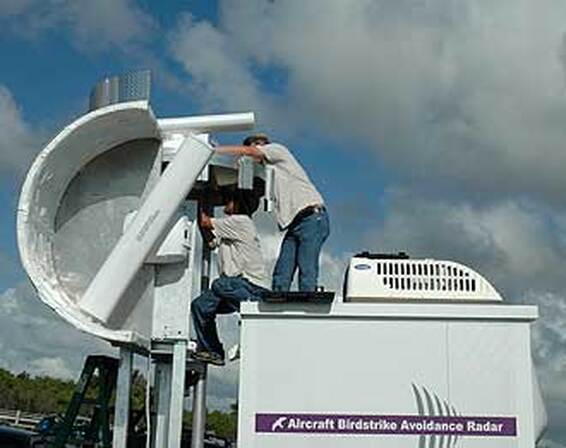
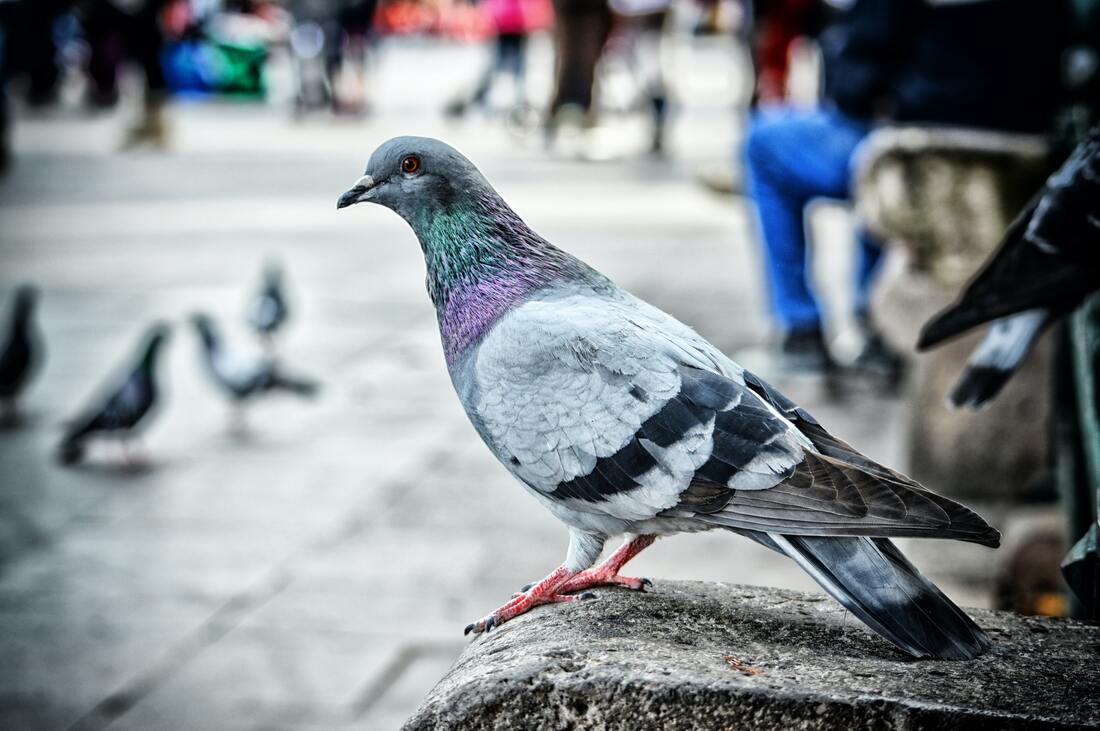
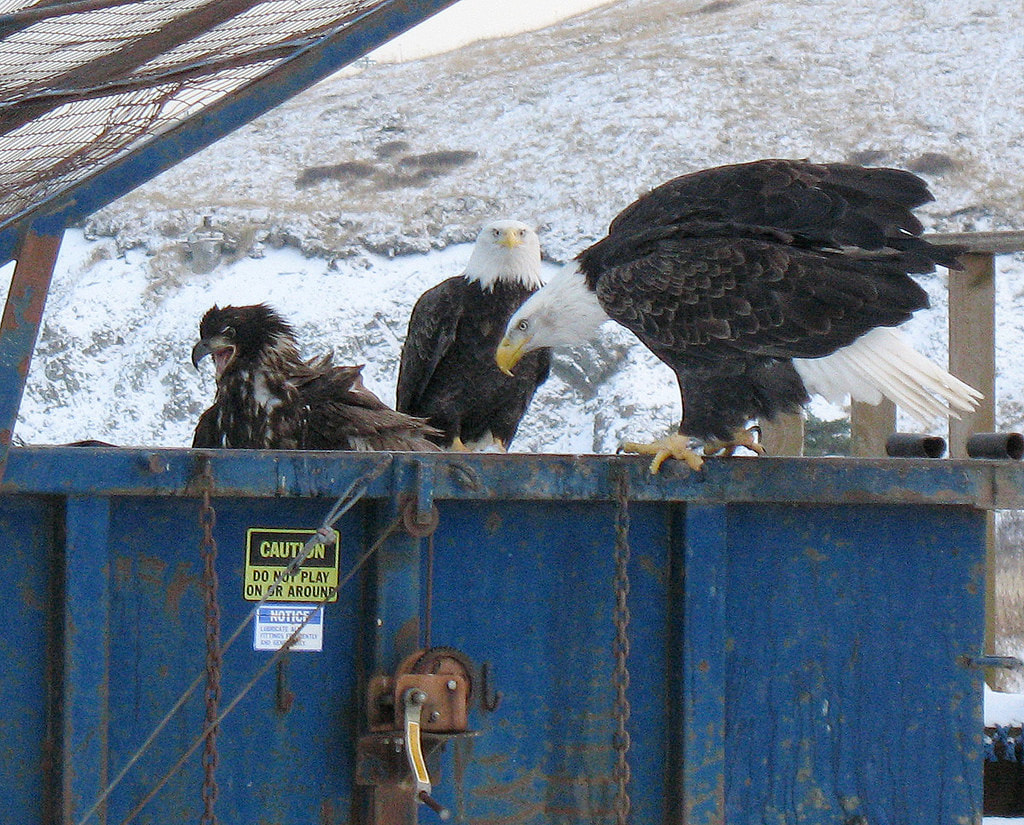

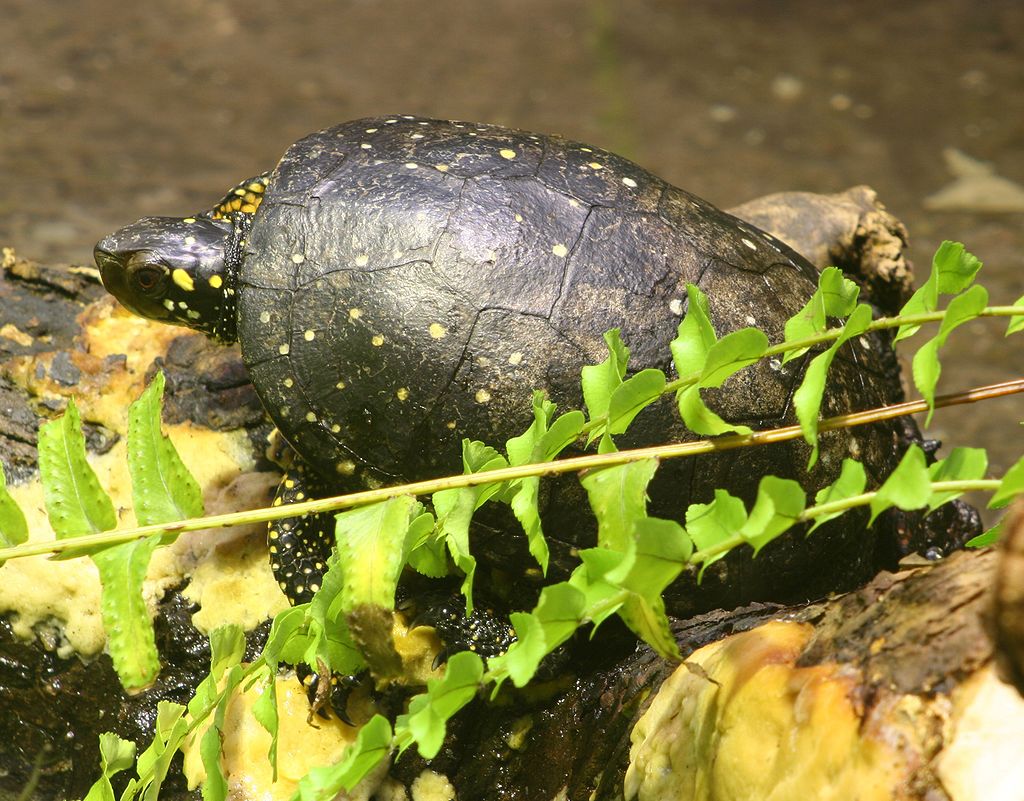
 RSS Feed
RSS Feed